Confession Time: Back in 2017 when dropshipping was at its ‘Making Millionaires’ Peak, curiosity got the better of me. I had to see for myself what had the eCom world abuzz…
I’m the type of guy who likes to learn new things & take on challenges… & quite frankly, I just wanted to see what all the damn fuss was about…
Was everything just hyped up or was there actually something there?
This is what I learned...
I should mention that at that time, I was already self-employed with my Lead Generation Business, which, BTW, is still my no1. online biz model… I figured, might as well diversify my portfolio a bit more.
I believe it’s always a good idea to have more than one source of income…can’t hurt right & whatever brings me closer to my goals is alright by me. I feel/felt that I’m uniquely qualified in judging internet-based businesses as I’ve achieved six figures in a couple of different models already.
So with curiosity & my eCom background in hand, it’s off to the races we go…
This is my story of the Shopify Shark Onesie.…and the steps I took to get my store up and running.
1. Pick a Store
As with all things in life it’s not a bad idea to start things at the beginning. Get that solid foundation going that will determine the direction you’ll go.
With dropshipping you have 3 types of stores to choose from: niche store, super niche store, & general store.
The choice is totally up to you, but remember that it will influence what, how & to whom you sell…So pick wisely my son.
Niche Store
For these stores, you pick a niche & you stick with it… let’s say you picked kitchens as a niche. So, you’ll have all sorts of things you get in kitchens like knives, mixing bowls, cutlery, crockery, glasses, Tupperware, pots, pans… you get the picture.
Super Niche Store
Now your store takes it that one step further. With your super-niche store, you’ll add very specific items pertaining to your niche…you picked Kitchen as your niche, but your Super Niche (this is the items you would be selling) is kitchen bakeware (& bakeware ALONE - nothing else). So, you’ll add products like electric mixers, cake tins, mixing bowls, kitchen scales, etc.
General Store
This is an easy one. A general store is a:
i) general store with
ii) a generic name that's
iii) not niche specific.
The beautify of this store lies in the endless product options you have, This store will let you float different products in every niche to see which products convert the best.
Coming into this as a newbie & not actually having a clue if the niche that I picked would end up having any products worth selling, I decided my only viable option would be to build a general store & see what happens.
2. Pick a Name
Next up it’s time to choose a name and buy your domain. A domain is what Google uses to know where to find your website.
When it comes to naming your store, it helps to get creative and try to stand out from the crowd but not so far that it makes no sense to your customers.
If you’re going with a more general store approach, it helps to pick a name that has more of a premium feel to it, especially if you want to sell more higher-ticket items. Just remember, you want to project the impression of being a reputable company selling quality products.
I decided to go the more fun route & be a bit creative so I decided to name my General Store “Cattywampus” … & you won’t believe it but that domain name was already taken… Settled for shopcattywampus.com in the end.
When you first log into Shopify, you’ll be asked to enter your email, create a password & decide on a store name. Don’t worry, it doesn’t have to be what your store will ultimately be known as.
After that there be a screen requesting information about yourself… If you’re one of those who don’t like sharing who you are with some random unknown screen (totally get that…you never know right) you can just pick the option
that says you're new to Shopify & move on.
Once past the invade your privacy screen, you’ll be taken to your shop dashboard. I personally feel that it’s best to get moving so I recommend getting the show on the road & the store up & running instead of waiting for the domain name.
When at your dashboard, look at your left for the tap “Online Store”. Once you click it there’ll be a drop-down, now click on “Domains”
Once there, you can buy & connect a new domain name for your Shopify store by clicking “Buy Domain”
If you already have your domain name then just click the “Connect Existing Domain” tab on the left.
All done, fantastic. You should now have your domain connected to your Shopify store…Exciting isn’t it?
Okay, so now that we’ve laid the foundations – type of store & domain name – we can finally more on to some fun stuff.
3. Pick a Theme
So a theme is a term used to describe your website layout. Shopify has tons of different themes to choose from – some of them are free & others well, are not. For my 1st store, I went with a Free theme but it’s up to you.
To pick a theme click on “Online Store” & choose “Themes”.
I went with the Debut theme for the sheer simplicity thereof. Actually, I think it might even be the default theme Shopify selects for you.
Once you’ve picked your theme click “Customize”.
The great thing about Shopify is that they provide a platform which enables beginners to look like web designers without too much effort…bonus…
From here you can add your logo, add some photo’s & text overlays & basically design the layout of your overall site. Shopify has made this so easy it’s not even worth expanding on as you’ll get it without even trying.
… & before you know it, an hour has gone & you went & got yourself a brand-new website…Time well spent.
4. Pick Your Apps
You can’t get away with not having some apps on your site. They are pretty essential & you don’t need that many.
Some recommended much have apps include:
1. Free Trust Badge
This app adds a widget underneath your product title, showing what payment methods are accepted.
2. Privy
Free email pop-ups with exit intent – As soon as someone wants to leave your site, a message pops up, asking for their email address. By subscribing, customers get access to discounts, early-bird product promotions etc.
You can also activate the spin wheel pop up, which offers your visitors a chance to get a discount or free shipping in exchange for their email address.
*This is a fantastic opportunity to get leads for any future marketing campaign*
3. Countdown Timer by POWr
Using a countdown timer creates a scarcity feel to your offer. As most of your traffic will probably come from your Facebook ads, you’re always going to be pushing the word “SALE” Having a sale countdown timer urges the customer to act now rather than waiting. Personally, I’m not a big fan of this form of client manipulation, however, I do see its appeal.
5. Picking What Products to Sell
This is where most people hit the wall. Yes, it can become paralysis by analysis.
Don’t fret yet. There are options.
Firstly, do some research online and identify hot niches. Think about what problems need solving right now and what products help with that.
There are some evergreen niches like furniture, fitness, health, and beauty.
Google Trends is your friend too. Look at the yearly patterns for what kinds of products are searched for. If you see one that is consistent year after year, that’s a good sign.
When you’re starting out, Aliexpress is a good option while you’re in the learning phase. The suppliers here are geared toward the dropshipping model. Make sure to do your research - read the reviews to see any red flags.
It can be safer to pick a supplier that has already sold plenty of that product. That’s a good sign that other dropshippers are ordering from them over and over so they must be able to do a decent job.
This site has pretty much anything you can think of & it allows you to buy individual items at wholesale prices. The general rule of thumb, mark up your product by a MINIMUM of 100%
For my experiment, I went the more trend and fad route for kicks.
Do you guys remember the baby shark song that took the world by storm a few years ago? Well I noticed how crazy the people went for that song & realized if I could sell items that resonated with people while somehow being connected to that song, well then that would be an excellent opportunity to capitalize on the craze… aka potential gold
Fast Forward 20min of looking at random shark-related products on AliExpress & then I found this untapped little gem.
AliExpress can tell you exactly how many of a particular item they’ve sold & how many reviews this product has. The reviews are normally a pretty good indicator that people are actually buying this product.
499sold & & 325 reviews…For real…Right there I knew I was already sold on the idea. I could easily sell them for $45 a pop, plus I could still add another $5 for shipping.
6. Adding Your Product to Your Store
Once you’ve found your product, you need to get it up on your site ASAP. It’s always a good idea to add an accompanying product/s that will mesh together.
In my case I was selling the Shark Onesies, accompanied by simple baby shark shirts.
Shopify tries to make your experience as easy & pain free as possible. The adding of your products demonstrates my point. Follow the steps below & you’ll see what I mean.
1. On your dashboard click “Products.
2. Then click “Add Products”.
3. This is where you’ll add your product title, description, images, and variants (Small, Medium, Large) to your product page.
TOP TIP: Make sure you NEVER copy & paste the supplier's product description. Write your OWN - Google likes ORIGINAL CONTENT - you don’t want the same old tired product descriptions that everyone else uses.
Don’t neglect your product description – it’s super important. Think of how many times you stumbled across a product that you didn’t need nor were you looking for something similar… but then the description convinced you otherwise… I have a cupboard full of “where have you been all my life” items which proves I’ve probably fallen for the description more than the product on more times than I’d like to admit.
Second to the description are some “good” photo’s… I only had good photo’s to work with & still got results… Thinking back, I should’ve bought myself one, filmed a friend singing “Baby Shark” dressed in the onesie while being a target for eggs or something… Man, that would’ve definitely gone viral - I could’ve made a Killing…Yeah thanks Captain Hindsight, always good to hear from you…
Back to the photo’s…AliExpress has photo’s you can use & edit as you like. The pics make good website content & it’s good enough to finalize a sale. Obviously getting great photos of the product would be ideal, however, if not don’t panic, it’s all good.
Once my main product & all the extra shark type products were listed, I was ready to start setting up my Facebook page & ad account to finally get some traffic to my site.
7. Setting up Facebook
I built out a Facebook page on my account at the same time I built my Shopify store. Facebook setup is easy as pie & you can even get some pretty cool graphics which won’t take up much time if you use a free resource like Canva.com
Once your Facebook page is set up, try to get it looking active as soon as possible. The quickest way to do that is:
- Add your logo
- Add your cover photo
- Fill out all the info in the “about” section – including the description
- Post 5 related memes or related content
8. Setting up First Ad
Setting up the Ads Manager Account is not rocket science so I’m not gonna waste anyone’s time by going through that entire process…
However, if you have any questions setting up billing or connecting to your account, then just head on over the Facebook’s Ads Guide section. They have an extensive archived so you’re bound to find all the answers you're looking for in there.
Once my account was set up, I immediately started my first campaign. Coming from a Lead Generation mindset, exploring the idea around Facebook’s paid traffic is what intrigued me about Dropshipping in the first place.
See with Lead-Gen you generate all the traffic, for free mind you, by ranking organically in Google. It’s not an overnight thing & it does take some work & time upfront but once you’ve ranked it’s so incredibly hands-free & consistent it’s crazy.
Paid traffic works a bit different, see ‘They’ say you can turn traffic on with the snap of a finger & some scaling – just increase your ad spend…they say.
My mind was made up – I’m was gonna get to the bottom of this & figure it out once & for all…
Let’s go back to the setup…on the left side of the screen, look out for this cool process ladder. It helps you keep track of where in the ad building process you are. It’s like a quick reference point & it really helped me when I just started.
First, I came up with the objective I wanted for my ad. Sales were my predominant factor, so I chose “conversions” as my objective… pretty obvious, right?
You’ll wanna name your campaign…the targeted product is always the best. If you scroll down on the same page, you can name your campaign here…
It might seem a bit arbitrary but I promise you’ll thank me later…see once you have loads of ads built this will make navigating your ads manager much quicker & easier… You’re welcome!
Facebook uses what they call a pixel to track your conversions. Shopify has made this super easy to set up in no time.
In settings on your Shopify dash, go to online store>preferences. They will give you a place to copy & paste your pixel. Done… wait what did I miss…
Nope, that’s all it takes – easy right?
The next step in setting up your ad is deciding what you consider as a conversion… page visits, add to cart, purchases.
As I was just starting out, I wanted to see if there would even be any interest in the Shark Onesies, so I went with “view content” as my conversion value.
9. Picking Your Audience
For me, this is where the money is made. Even if you have the best all-round products online, if you’re not seen by the right people, you’ll never be profitable.
Starting out it’s best to niche down & try to narrow down that list of potential audiences.
Having custom audiences is how you step up your game in Shopify… but (& there’s always a but) your pixel needs to have at least 100 interactions before you can optimize it. That mean 100 page views, 100 add to carts, 100 purchases.
With my targeting set, I now needed to get that 100-page view ASAP. This is in order to start a look-a-like audience for the people who clicked on my ad & viewed the page.
10. Before the Ad, Make a Post
Prior to my ad, I made a post on my page knowing it would be my ad creative. By keeping all your likes, comments & shares going to one creative will boost your trust factor.
Follow these guidelines when making a post:
- Add a good video or photo of the product
- Write a simple copy that shows some type of saving or value
-Add your Shopify product page URL
- Add a **CALL TO ACTION** (The CTA is incredibly important, so don’t leave this out)
11. Finishing your Ad
Since I made a post that I’m planning on using as my ad, this step is quick & easy… For those who didn’t follow my advice… this might take a bit longer – & sorry but we’re gonna do the quick version.
First, select the Facebook page you’re advertising for then click “Use Existing Post”. Scroll through your posts & simply select the one you’d like to use.
Done, your now ready to rock & roll… well with testing the scalability aspects part of it at least…
I would advise running testing on an allocation of $20-25 per ad set & to give every ad a running time of 3 days. This should be sufficient enough to see if you’ve got anything worth scaling or if the catch can be thrown back.
12. Making that First Sale
By the time the first sale came in, I believe I’d already spent $20… it’s not great but still - I made $5…
So I’m thinking, let’s increase the ad budget, that will SURELY bring in more sales but at the same rate…right. Makes sense…
Yeah umm, NO. That was my first stumble down the Dropshipping Mistake Route…it’s not a fun route I’d be honest.
Now I realize, if it was that simple then everyone would be doing it… but back in the day I used that one ad over the next 44 days… I created different ad sets, with different targeting groups.
While all along testing & re-testing which of those was converting the best.
It was tiring & at the end of it all I ended up with was a terrible conversion rate of 1,56% (far below the average) & a measly $4,300 in sales. Oh & then I still needed to deduct the product costs & of course – the Ad Expenses…
Is the juice worth the squeeze..?
All in all, I ended up with a few hundred dollars I could actually put in my pocket… hardly the riches promoted through YouTube or even near what I was anticipating…
But I decided it’s far too early in the game to just give up…So back to the drawing board, it was.
I ended up making loads of different ad sets; using different imagery to try & increase CTR.
Tried writing long ad copies & tried writing short ad copies… Testing Testing Testing…
Finally, I turned a goofy video I made of friends wearing the Shark Onesies into a video ad… this seemed to do the trick.
Suddenly the conversion rate went up to between 3 -5%... It’s the ad. Because the video was somewhat funny the ad attracted way more engagement, people tagging friends in comments, etc.
The ad was a hit & did fantastic, for nearly a month… Then boom, bubble burst – Ad Exhaustion…
See, when you’re in the niche market you have to remember that your audience will also be niche aka limited… so eventually all those niche clients would’ve seen your niche product ads & then well, it just eventually stops working.
No matter how much I tweaked the ad or made it better, eventually, I had to face reality.
Unfortunately, the lifespan of a Dropshipping Ad is very limited.
At the end of the day, this is how my total monthly sales ended up looking:
$48.95K in 30days looks pretty impressive… But take the massive costs of your Facebook Ads off & minus the cost of the product you’re left with …
$3000… That’s right folks… $3000 is all I profited from this entire rigmarole – plus I still needed to deal with all order fulfillment issues that pop up afterward.
The cherry on the cake was that after just two months, I already had to find a new product as my audience seemed to have dried up… Great.
As for me, I was done… it’s really not worth it as I already had a thriving lead generation business running on 100% free organic traffic on Google. It’s much less maintenance & way more stable.
I decided that drop shipping really wasn’t my thing… It is demanding in every aspect I don’t want an online business to be.
Between the constant testing & monitoring of ads, checking that you haven’t overspend or dealing with upset clients - normally over shipping disputes – I just couldn’t see the point. Why would I pursue this idea of selling random products online for minimal profit & maximum effort …? For me, it just didn’t make sense.
There are MANY people who make dropshipping work for them & I'm happy for them… I can definitely see the potential to make money online from this… however, it's not for me.
Good thing we are all different, so maybe you’ll see it from a different angle than I could & make it big.
13. Lessons Learned
The Good:
- As it’s an online business, your office can be anywhere there’s a Wi-Fi connection.
- Allows you to grow your creativity & online marketing skills
- The internet is still growing on a daily basis so your growth potential is huge
- Shopify is a simple & user-friendly platform where you can get started with minimal effort.
The Bad:
- There’s SOOO much maintenance. Every aspect requires constant attention – from supplier pricing to checking ads every few hours… it’s draining!
- The cost of Facebook Ads rises by ridiculous percentages every year. You can see the trend of every niche raising their CPC gradually over time.
- The disgruntled customers that I had to deal with was by far the worst & most stressful part for me.
- No guarantee Dropshipping will remain the same for the foreseeable future.
Why I'll Never Do Dropshipping Again
Making money with Facebook ads traffic has gotten much tougher lately. More competition = higher cost per click.
Can you still do 6 figures with dropshipping? sure, but you would want to be running more than 1 Shopify store at any given time. Because when one product stops selling, you don't want your income to come to a screeching halt.
The time you'll need to put into find new products, managing your store, monitoring your ads, and handling customer service isn't worth it with the limit profit margins in the end. Frankly, the juice just isn't worth the squeeze if you want not only a full time income but the freedom over your time.
Order fulfillment is stressful…No matter how clear you are on shipping times, you’re always going to have people that expect their product the very next day. Shipping times is a major issue in this industry plus costs are on the rise too.
You also have returns – which are extraordinarily high.
This is why the lead generation business model still feels like the oasis amidst the harsh desert-like climate of internet businesses.
Want to know more? Visit the link below...
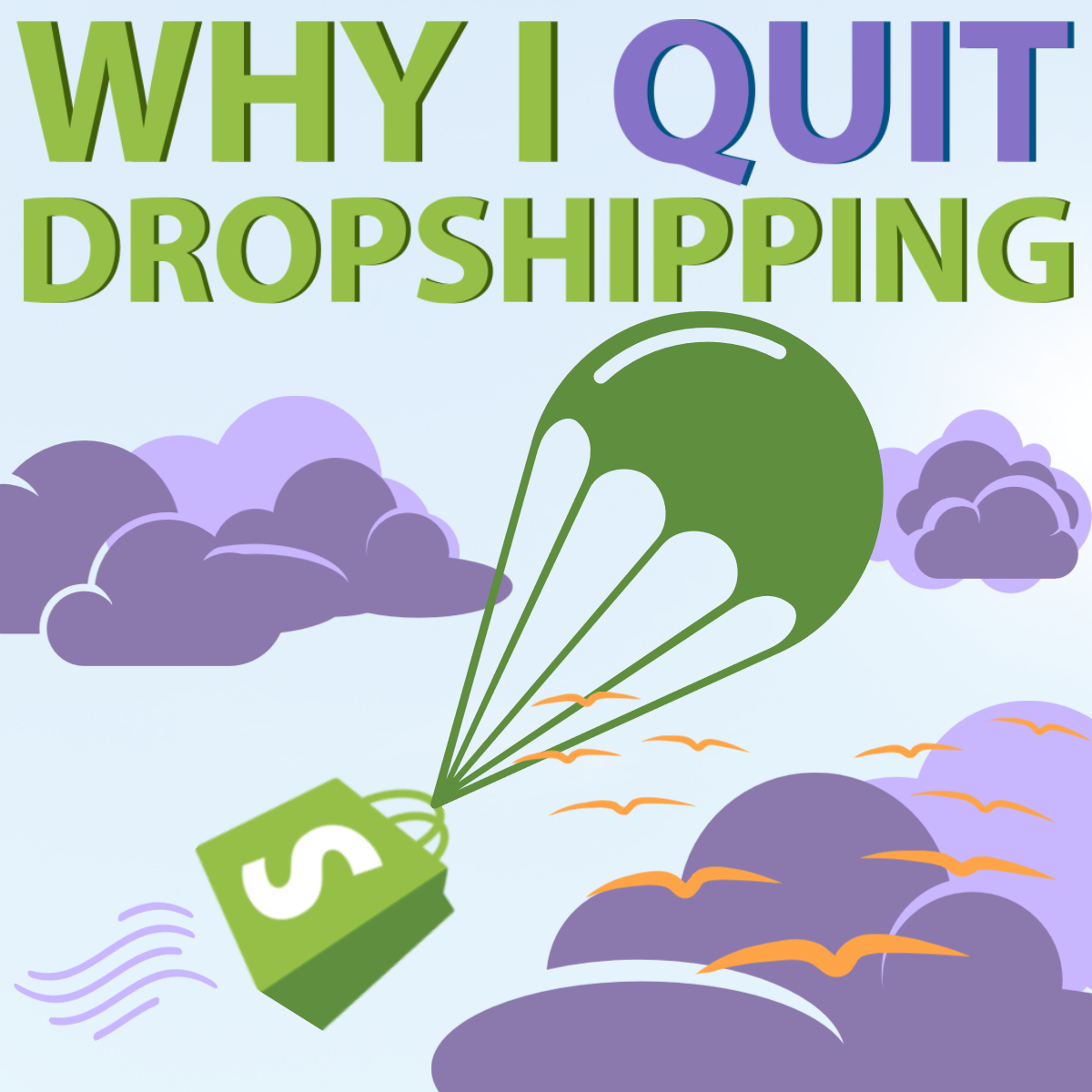

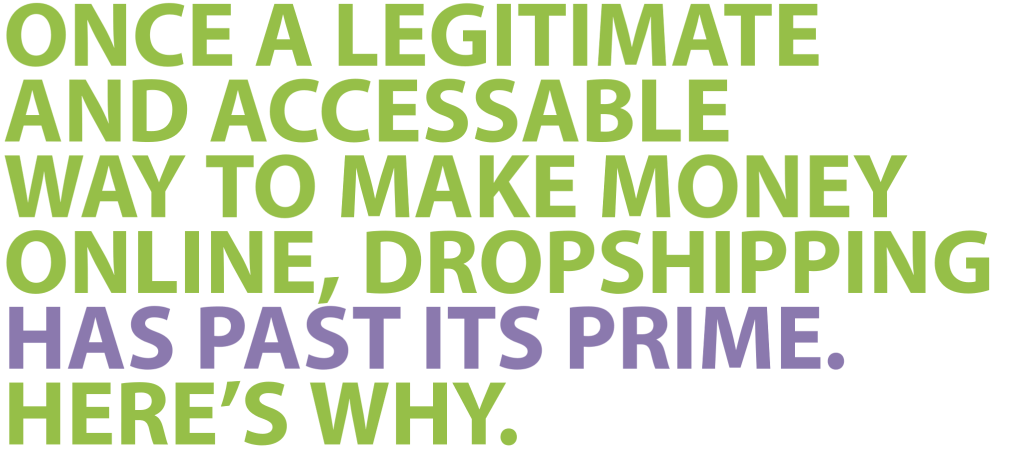



Literally anyone can get into dropshipping with hardly any effort or upfront cash. Regardless of what you're selling, you'll likely be competing with millions of other sellers in an extremely saturated market.
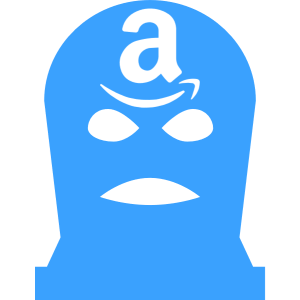

Plagiarism is rampant in dropshipping. It's far too easy for your competitors to copy your ads, your sales funnels, and even your Shopify store. Be assured that if you find a successful product, you will be copied and then undercut by your competition.
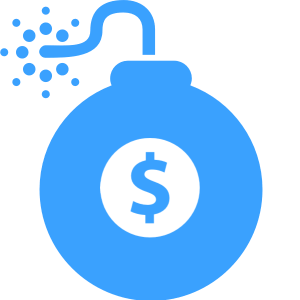

Advertisements have no guarantee of being profitable - and one should expect to occasionally have campaigns that fall short of expectations (which can cost thousands of dollars).
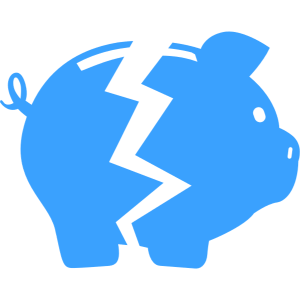

Facebook's ad prices have doubled this last year. Successful dropshippers can expect to profit roughly 8-15%, which only really works if you're selling major volumes of product.
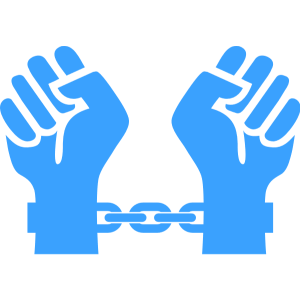

The key to long term wealth is in building and owning valuable assets, but with dropshipping, you own nothing. You're an enslaved middleman to Shopify, Facebook, and Google. Their ad and metrics systems are unreliable and ever changing - and account deactivations are a way of life in eCommerce.
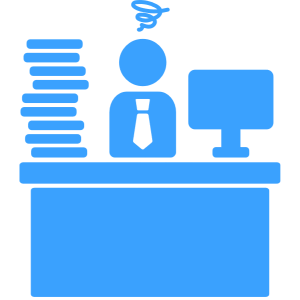

Ads must be developed and then monitored - and failing to do so could mean unprofitable ads or, even worse, ad account suspension.


Trending items are most often the only products that have a profitable ROI. Many businesses meet their ends on the fall of whatever trend they were capitalizing on.

Shipping from China takes six weeks, so expect lots of customer complaints and chargebacks (which are deducted from your bank account).


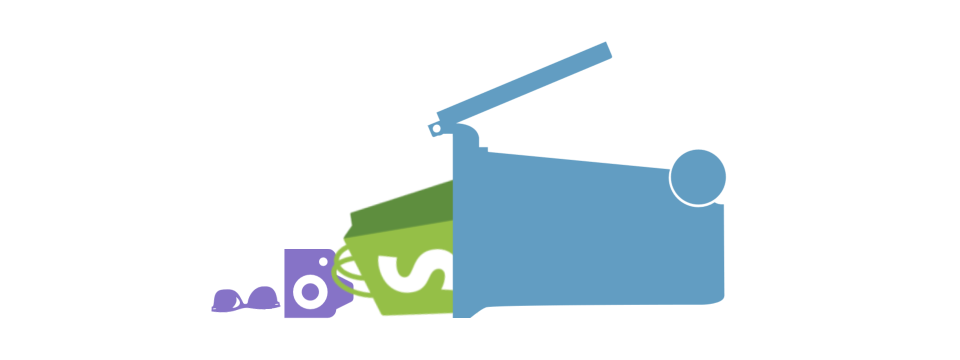

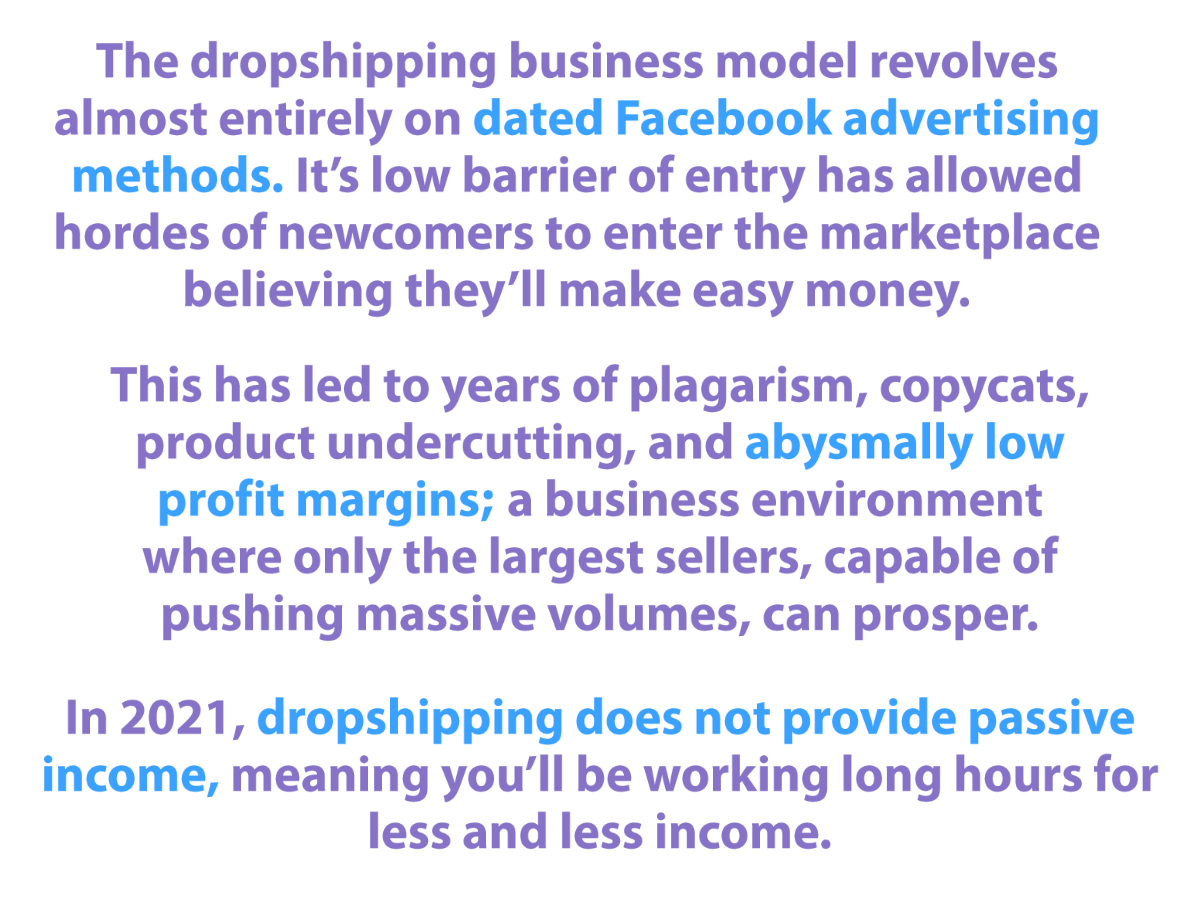





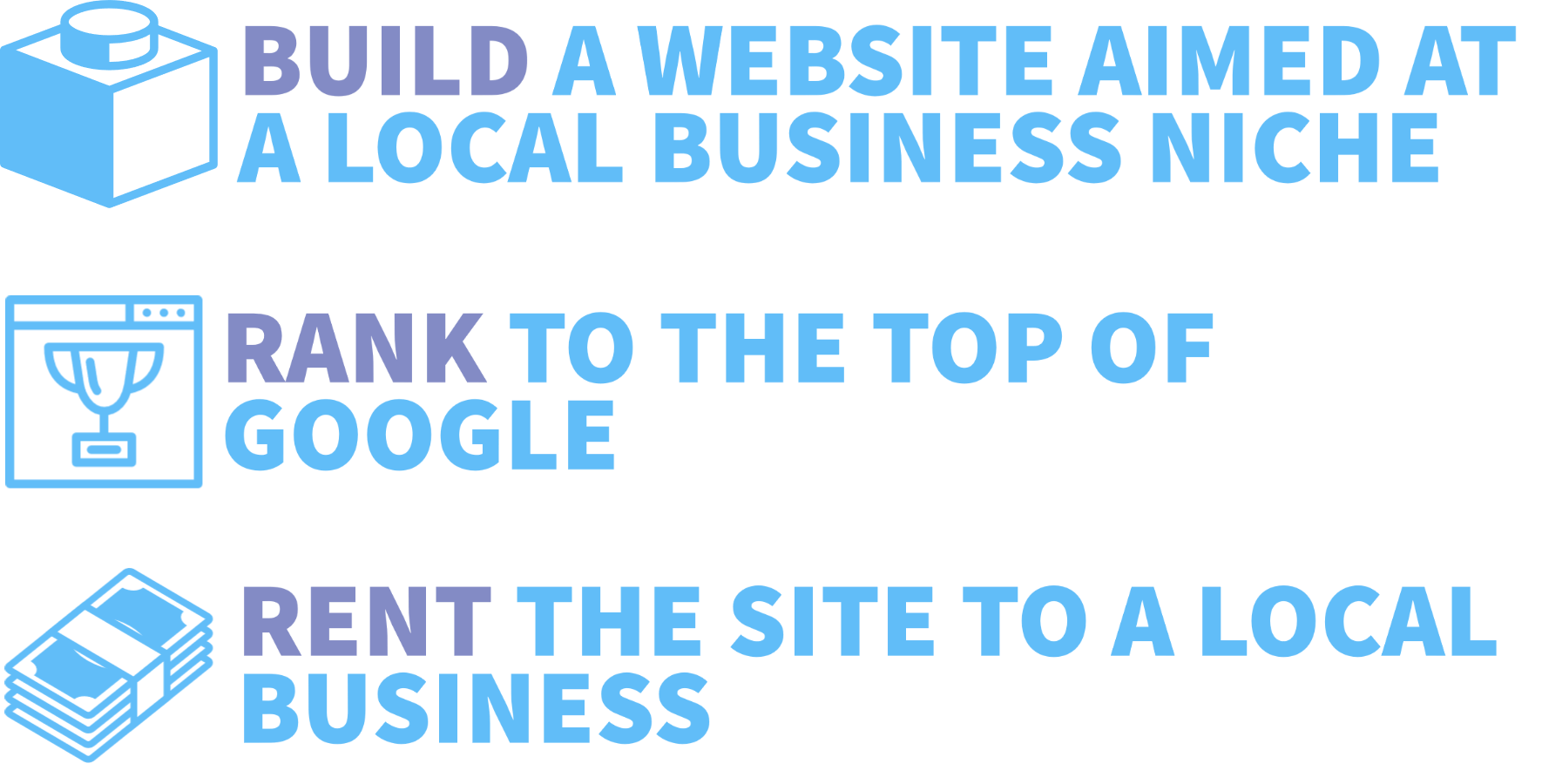



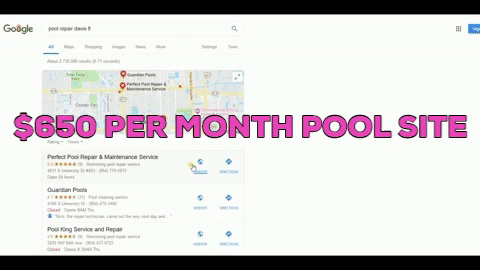



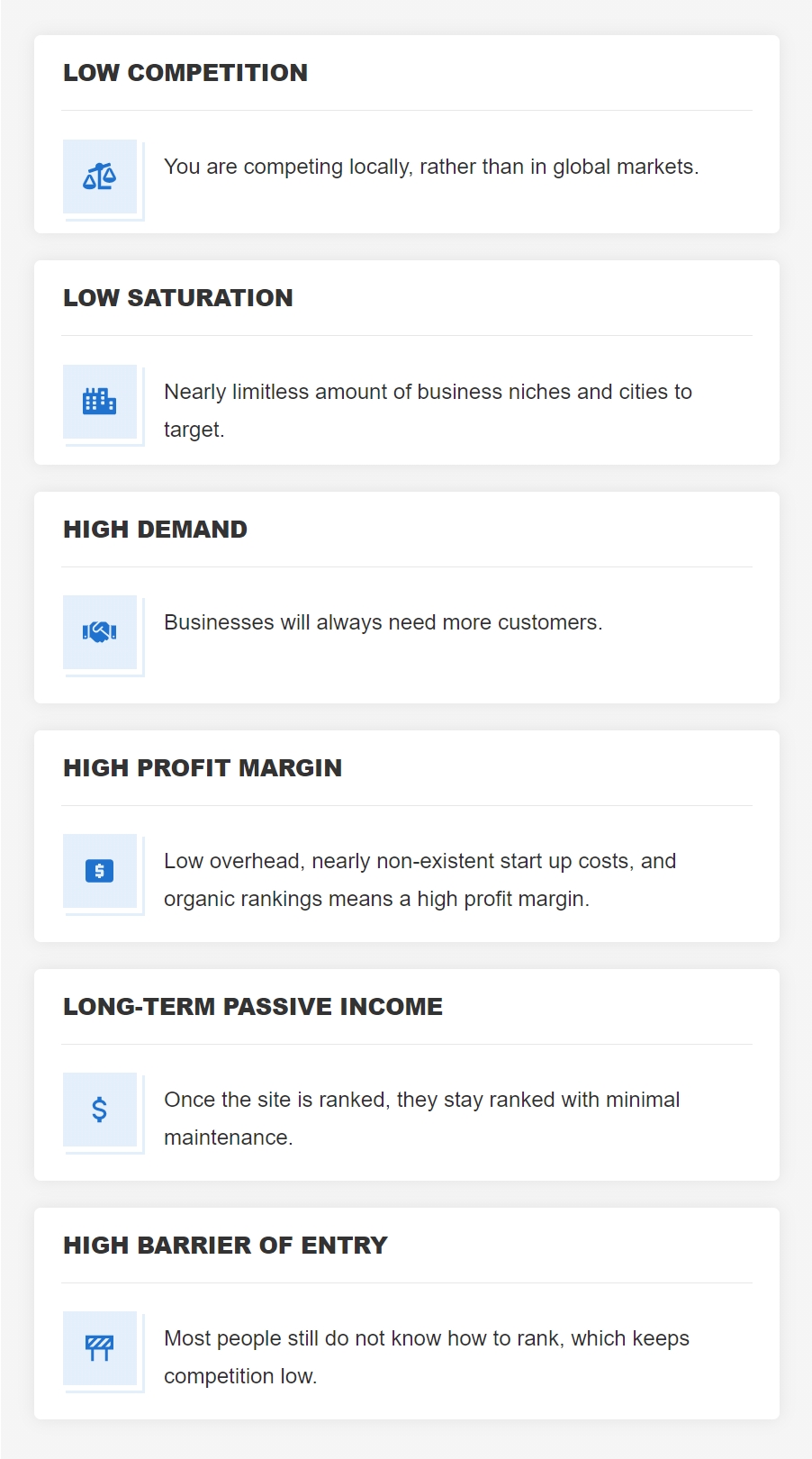



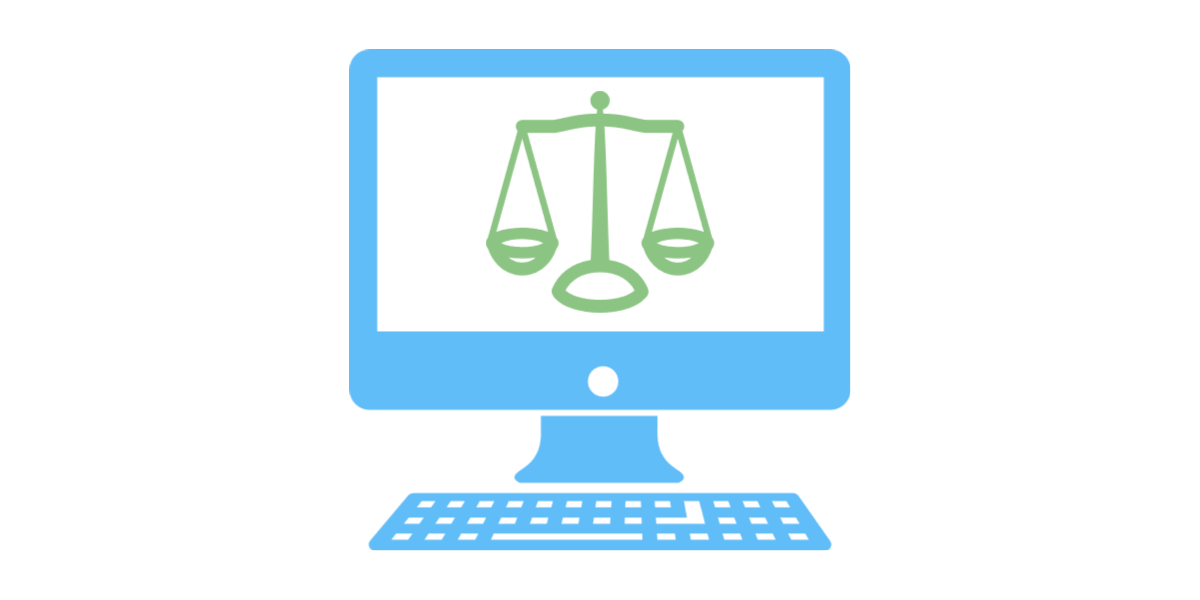

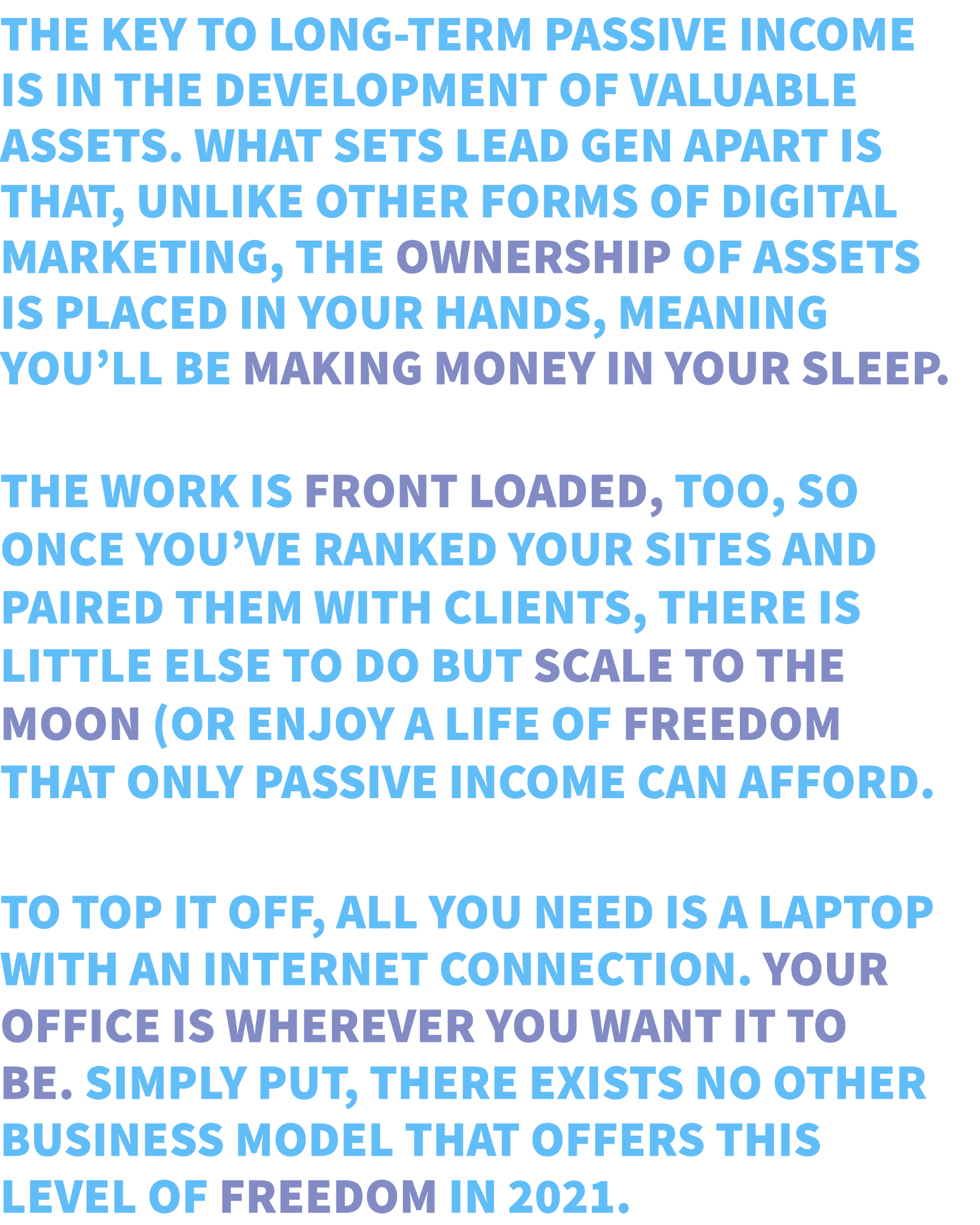

Local Lead Generation
Schedule your coaching call today